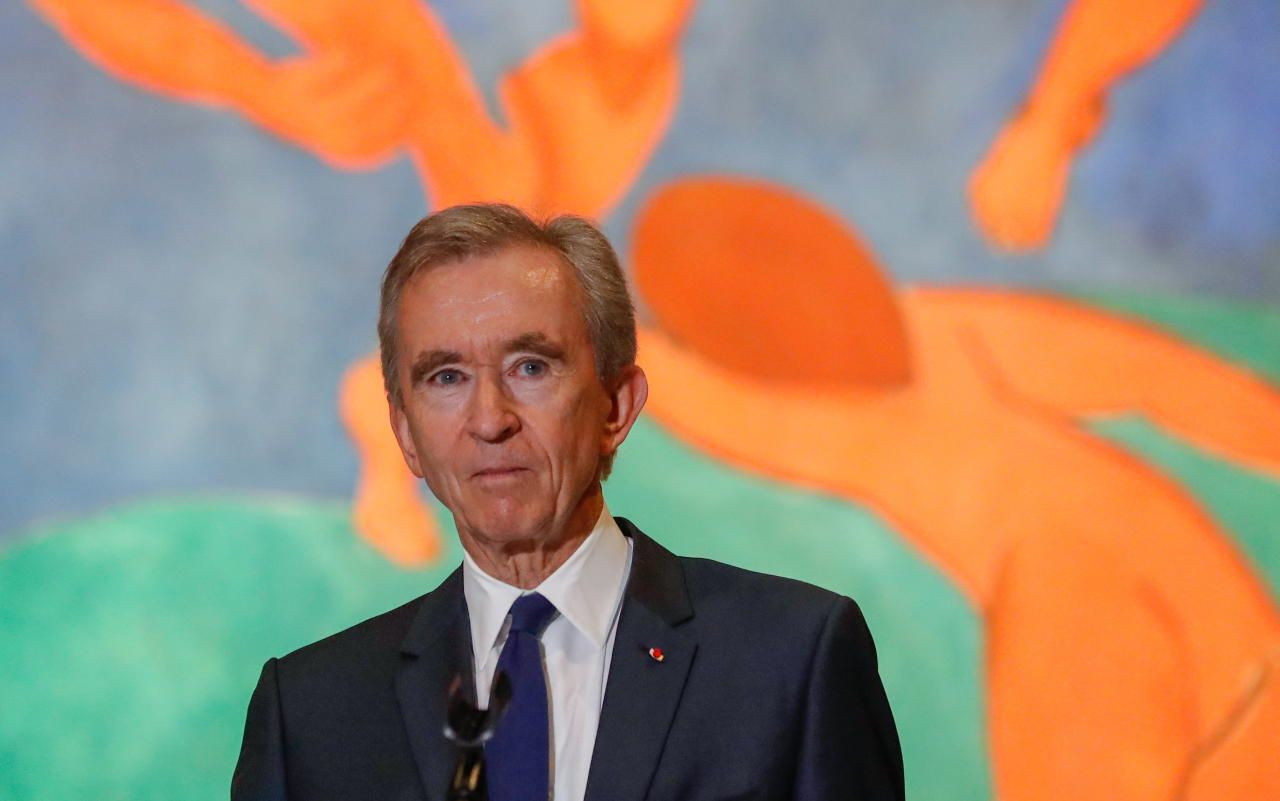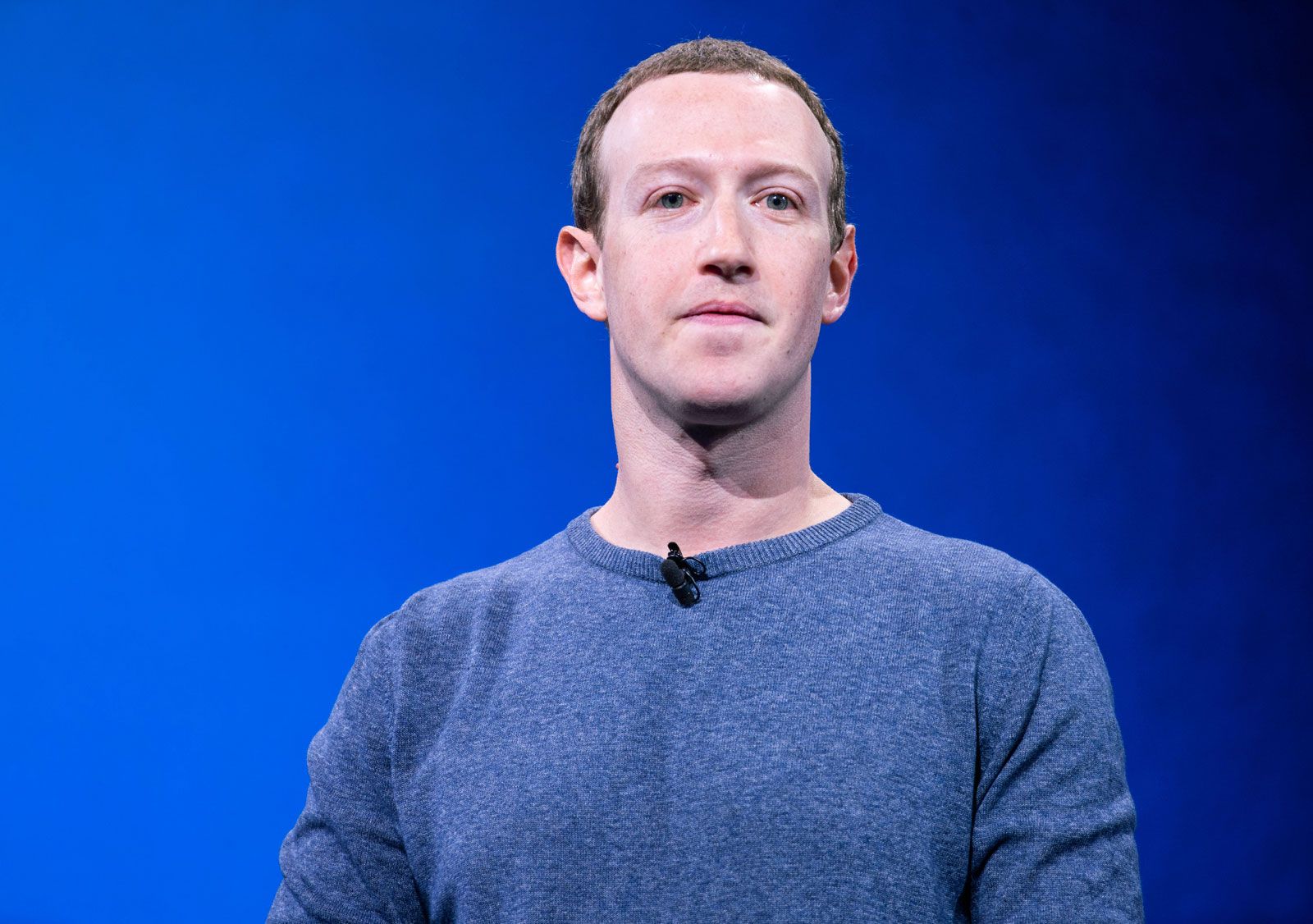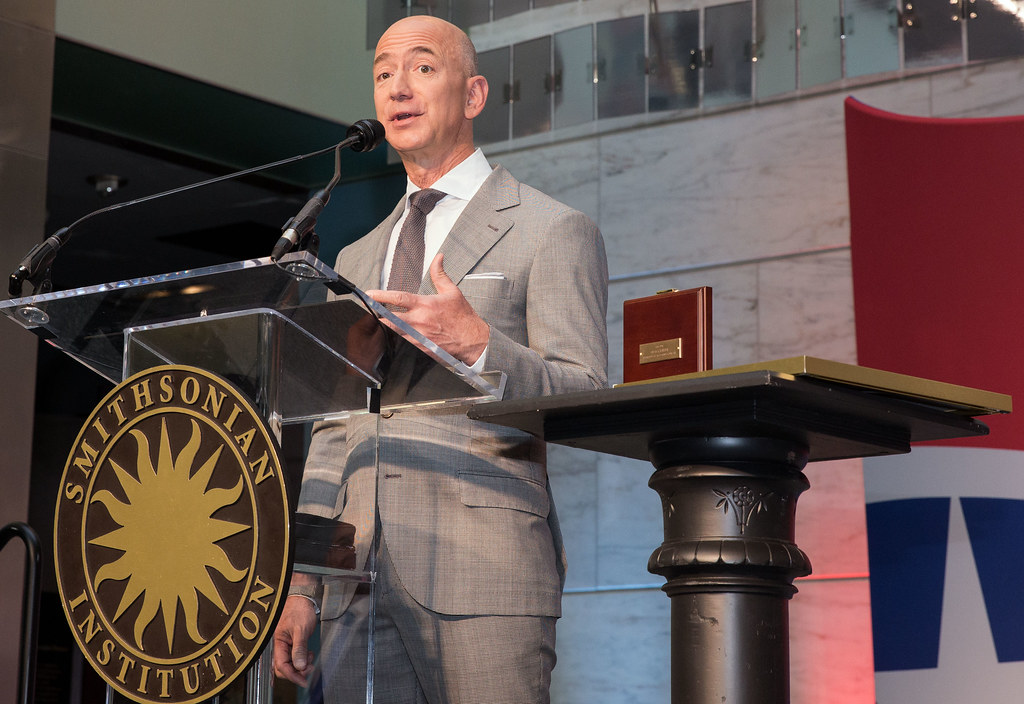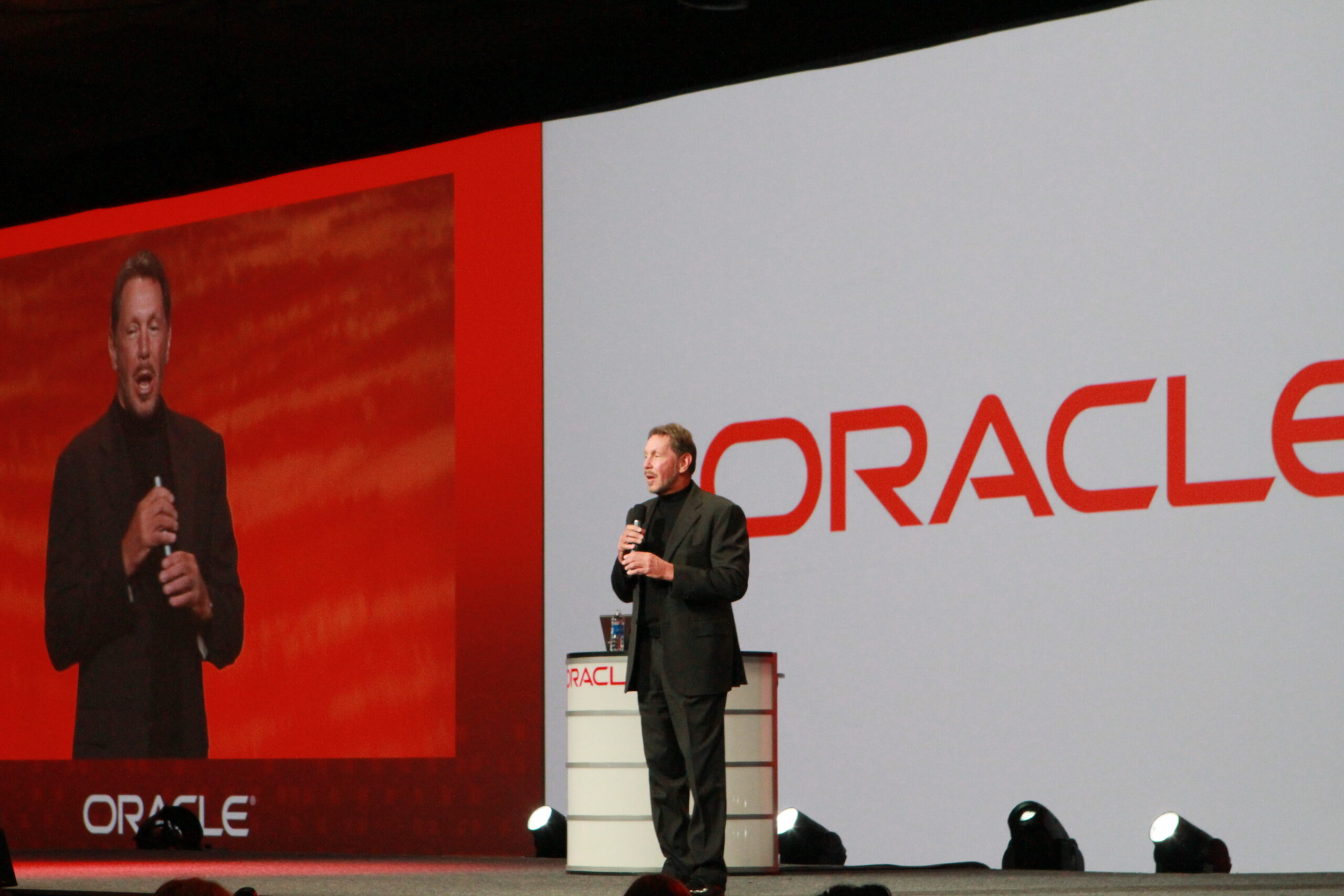Introduction
Bernard Arnault is much more than a billionaire; he is a pioneer who has reshaped the global luxury sector. As the Chairman and CEO of LVMH Moët Hennessy Louis Vuitton, Arnault manages a collection of over 75 renowned brands, such as Louis Vuitton, Dior, and Sephora. His journey from a small family enterprise to becoming one of the richest people in the world is a tale of ambition, strategy, and insight.
Bernard Arnault net worth. it goes beyond just figures—it involves grasping how one man established a worldwide luxury empire while prioritizing tradition, innovation, and family in his approach.
From Construction Origins to Luxury Innovator
Born in Roubaix, France, in 1949, Bernard Arnault came from a family with a successful construction and industrial firm, Ferret-Savinel, run by his father, Jean Léon Arnault. While many anticipated that Bernard would follow in the family’s footsteps, he had grander aspirations.
In 1984, he took a daring leap that marked a turning point in his career. Utilizing $15 million from his family’s wealth, Arnault purchased Christian Dior, which was then a part of the faltering Boussac Saint-Frères textile group. This decision was transformative. By divesting the unsuccessful aspects of Boussac while keeping Dior, he laid the groundwork for a global luxury empire.
This initial success showcased Arnault’s essential traits: strategic vision, willingness to take risks, and an understanding of heritage brands with worldwide appeal.
Read More:- Mark Zuckerberg Net Worth 2025: The Story Behind His $243.5B Success
The Emergence of LVMH: A Global Luxury Leader
LVMH is not merely a collection of luxury labels; it represents a meticulously curated portfolio that encompasses five sectors: Fashion & Leather Goods, Wines & Spirits, Perfumes & Cosmetics, Watches & Jewelry, and Selective Retailing.
Arnault’s brilliance is evident in his “star brands” approach, which harmonizes creative freedom with strategic oversight. He permits brand managers to innovate while maintaining strict supervision over financial outcomes and the long-term vision.
Some of the most notable LVMH brands consist of:
- · Fashion & Leather Goods: Louis Vuitton, Dior, Fendi, Céline
- Perfumes & Cosmetics: Sephora, Guerlain
- Wines & Spirits: Moët & Chandon, Hennessy, Dom Pérignon
- Watches & Jewelry: Bulgari, TAG Heuer
This varied strategy guarantees that LVMH stays robust and profitable, even in the face of economic uncertainties, while solidifying its status as the leading luxury conglomerate worldwide.
The Tiffany & Co Acquisition: A Milestone Decision
In 2021, Bernard Arnault made waves with one of the largest luxury acquisitions ever: Tiffany & Co. for $15.8 billion. Tiffany, an iconic American jewelry brand with a legacy dating back nearly two hundred years, became a central piece of LVMH’s jewelry collection.
This acquisition bolstered LVMH’s position in the luxury jewelry sector, providing a competitive advantage and expanding its global footprint. For Arnault, Tiffany was not merely a brand; it represented a strategic asset that resonated with LVMH’s values of heritage, craftsmanship, and prestige.
Expanding Beyond Luxury: Agache and Aglaé Ventures
Arnault’s fortune is not limited to luxury brands. His holding company, Agache, supports Aglaé Ventures, a venture capital firm that invests in rapidly growing technology companies. Some noteworthy investments include Netflix and ByteDance (the parent company of TikTok).
By branching into technology and media, Arnault ensures that his wealth continues to increase beyond the luxury industry, adapting to the digital economy. This forward-looking strategy demonstrates how Arnault combines traditional luxury with contemporary investment prospects, reinforcing his status among the wealthiest individuals globally.
Family Legacy: Involving the Next Generation
LVMH is predominantly a family-oriented endeavor. All five of Arnault’s children hold significant positions within the company:
- · Delphine Arnault: CEO and Chairwoman of Christian Dior Couture
- Antoine Arnault: Head of Communications for LVMH; Chairman of Loro Piana & Berluti
- · Alexandre Arnault: Executive Vice President at Tiffany & Co
- Frédéric Arnault: CEO of LVMH Watches
· Jean Arnault: Director of Watchmaking Marketing at Louis Vuitton
In July 2022, Bernard Arnault suggested reorganizing Agache into a limited partnership, a strategic initiative aimed at maintaining family control over LVMH and facilitating smooth succession planning. This move guarantees that the Arnault legacy will endure for future generations, merging business insight with family governance.
Philanthropy and Cultural Influence
Arnault’s impact extends beyond commerce; he is a supporter of French heritage and culture.
- · Notre Dame Restoration: Following the 2019 fire, Arnault and LVMH committed €200 million to the cathedral’s restoration, which is set to reopen in December 2024.
- Paris 2024 Olympics: LVMH acted as the primary sponsor, highlighting French craftsmanship and luxury on a global platform.
These contributions underscore Arnault’s view that business, culture, and social responsibility are interconnected, enriching both his personal legacy and the LVMH brand.
Bernard Arnault’s Wealth
Bernard Arnault’s net worth fluctuates in relation to LVMH’s stock performance on the Paris Euronext. According to the latest real-time figures, his wealth is around $168.7 billion, consistently ranking him among the two richest individuals globally. His fortune primarily comes from:
- · His majority stake and dividends from LVMH
- Technology investments through Aglaé Ventures
- Family properties and real estate assets
Despite daily market changes, the breadth and resilience of Arnault’s empire ensure that his wealth and influence remain substantial.
The Strategy Behind Arnault’s Achievements
Several elements contribute to Bernard Arnault’s remarkable net worth:
1. Strategic Acquisitions: From Dior to Tiffany & Co., Arnault selects brands with a legacy and worldwide appeal.
2. Brand Management: Each brand under LVMH balances creative innovation with financial oversight.
3. Diversification: Investments in technology through Aglaé Ventures enhance traditional luxury holdings.
4. Family Integration: The emerging generation of Arnaults guarantees continuity and stability.
5. Cultural Influence: Philanthropic efforts and national sponsorships elevate global brand prestige.
This strategy illustrates that Arnault’s success is not by chance—it is the outcome of deliberate planning, risk-taking, and vision.
Legacy and Future Outlook
Bernard Arnault has transformed a modest construction heritage into a global luxury powerhouse. Through LVMH, Tiffany & Co, Aglaé Ventures, and his cultural contributions, he has redefined the meaning of wealth and influence. His focus on family ensures that LVMH stays in capable hands while his strategic investments set the stage for long-term growth and innovation.
For those searching for “Bernard Arnault net worth,” the narrative is more than just a figure—it’s an illustration of vision, leadership, and the synergy of heritage with contemporary strategy.
Conclusion
Bernard Arnault exemplifies how ambition, strategy, and foresight can create an enduring empire spanning decades, continents, and industries. From Christian Dior to LVMH, Tiffany & Co, and technology investments, his path serves as a model for aspiring entrepreneurs and investors. His immense net worth, whether assessed at $172.6 billion or higher, signifies not just financial achievement but also the capacity to shape global culture and maintain a family legacy.
Arnault demonstrates that true influence arises from vision, calculated risks, and a dedication to excellence, reinforcing his status as one of the most prominent figures in business and luxury on a global scale worldwide.




